Home>Interior Design>How Can You Add Extra Seats To A Small Living Room?
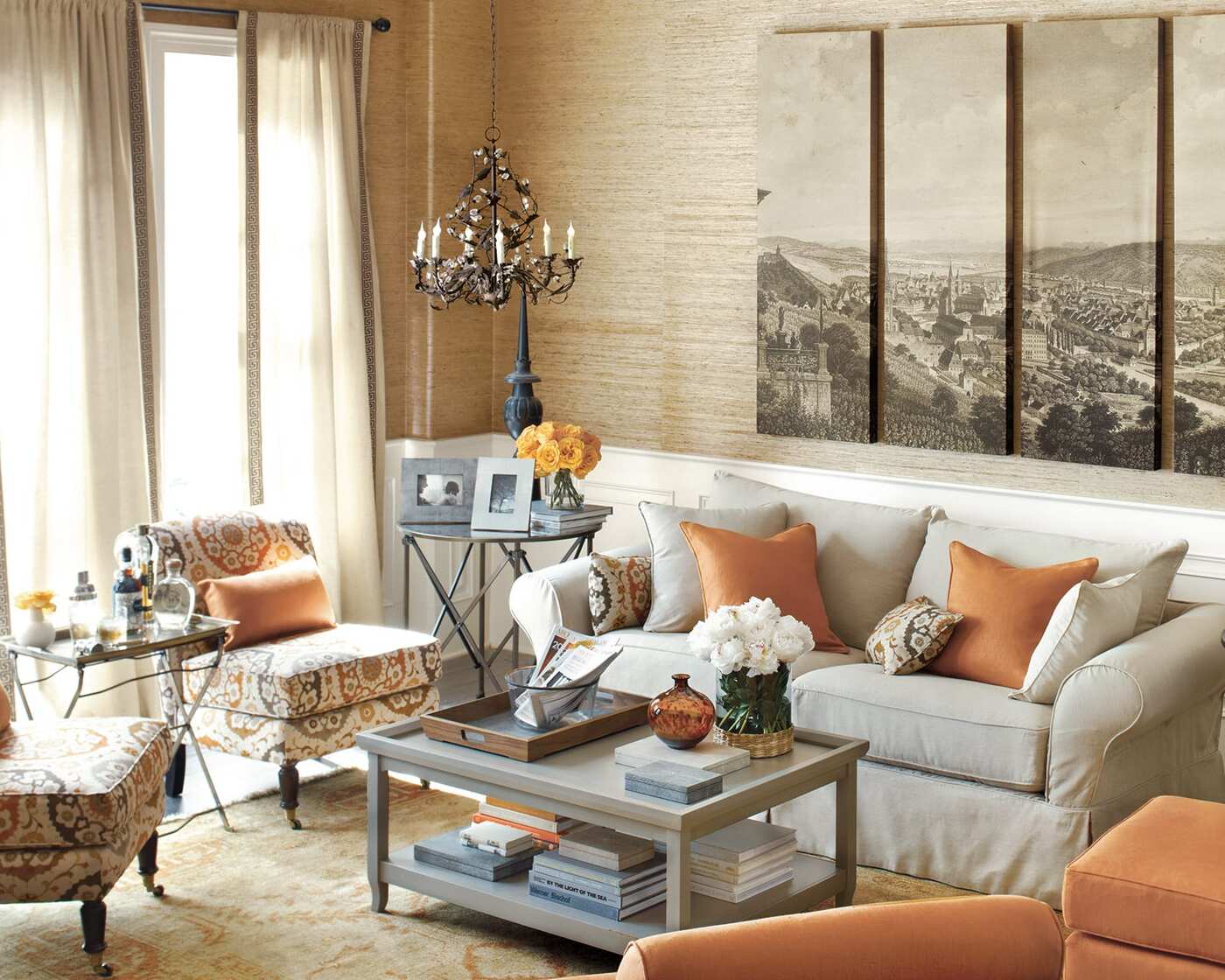

Interior Design
How Can You Add Extra Seats To A Small Living Room?
Modified: January 6, 2024
Looking to maximize seating in your small living room? Discover expert interior design tips for adding extra seats without sacrificing space.
(Many of the links in this article redirect to a specific reviewed product. Your purchase of these products through affiliate links helps to generate commission for Storables.com, at no extra cost. Learn more)
Introduction
Welcome to the world of interior design where creativity and functionality meet to transform humble spaces into inviting sanctuaries. One common challenge faced by homeowners is the limited space in their living rooms. However, with a little bit of planning and creativity, it is possible to add extra seats to a small living room without compromising on style or comfort.
Assessing the available space and determining your seating needs is the first step in optimizing your living room. Whether you need additional seating for entertaining guests, accommodating a growing family, or simply creating a cozy nook for relaxation, understanding your requirements will help you make informed decisions.
Measuring the dimensions of your living room is essential to make the most of the available space. By knowing the exact measurements, you can plan the layout and placement of furniture in a way that maximizes seating capacity without overcrowding the room.
Once you have assessed the space, it’s time to dive into the practical aspects of adding extra seats. Rearranging existing furniture can work wonders in creating an open and spacious living room. Experiment with different furniture layouts to find the configuration that best utilizes the available space.
Utilizing corners and nooks is another clever strategy to maximize seating in a small living room. Consider placing a loveseat or a small sectional in a corner, or add a window seat to take advantage of an unused area. These cozy seating options not only provide extra seats but also add character to your living space.
Creating designated seating areas helps optimize space and creates a sense of purpose in your living room. Define specific zones for entertaining, reading, or watching TV by strategically placing furniture. This not only brings structure to the room but also ensures that seating is distributed evenly throughout the space.
When it comes to choosing furniture, opt for space-saving options that serve multiple functions. Multi-functional pieces, such as a sofa bed, can be used as both seating and a sleeping area for guests. Similarly, coffee tables with hidden storage compartments provide extra seating and a place to stash away clutter.
Key Takeaways:
- Maximize seating in a small living room by utilizing corners, creating designated seating areas, and choosing space-saving furniture. Think vertically and incorporate storage solutions to keep the room organized and visually appealing.
- Enhance the visual space in a small living room with mirrors, light-colored furniture, and minimal clutter. Incorporate folding or stackable chairs for flexibility, and prioritize comfort and functionality in the furniture layout.
Assessing the Space
Before diving into the process of adding extra seats to your small living room, it’s essential to assess the available space and determine your seating needs. This step will help you make informed decisions and create a functional and comfortable seating arrangement.
Start by determining your seating needs. Consider how many people typically occupy the living room at once and whether you frequently entertain guests. This will give you a clear idea of the number of seats you require. Keep in mind that you may need additional seating during special occasions or gatherings.
Once you have an idea of your seating requirements, it’s time to measure the dimensions of your living room. Grab a tape measure and carefully measure the length, width, and height of the space. Measure any alcoves, corners, or oddly shaped areas as well. Note down these measurements as they will guide you in selecting furniture that fits the space perfectly.
When measuring the living room, don’t forget to take into account any obstacles or architectural features that may affect furniture placement. Consider the location of windows, doors, radiators, and outlets, as they will impact the layout and arrangement of your seating.
As you assess the space, also consider the flow of movement within the room. Leave enough room for people to move around comfortably without bumping into furniture. Creating a spacious and uncluttered layout will make the room feel larger and more inviting.
In addition to measuring the overall dimensions of the living room, pay attention to the height of the ceilings. High ceilings can provide an opportunity to incorporate vertical seating options, such as tall bookshelves with built-in seating or hanging chairs.
Keep in mind that every living room is unique, and there is no one-size-fits-all approach to adding extra seats. By assessing the space and understanding your seating needs, you can make informed decisions and create a functional and comfortable seating arrangement that maximizes the available space in your small living room.
Furniture Layout and Placement
When it comes to adding extra seats to a small living room, furniture layout and placement play a crucial role. By strategically arranging your existing furniture and utilizing every inch of space, you can maximize seating capacity without making the room feel cramped. Here are a few tips to help you optimize your furniture arrangement:
Start by rearranging your existing furniture. Sometimes, a simple rearrangement can make a significant difference in creating a more open and spacious living room. Experiment with different layouts to find the one that works best for your space. Consider angling your furniture or floating pieces away from walls to create a more dynamic and inviting seating arrangement.
Utilize corners and nooks to their fullest potential. In a small living room, every inch of space matters. Place a loveseat or a small sectional in a corner to create a cozy seating area. You can also add a window seat or a bench in an unused nook, making it the perfect place for reading or enjoying a cup of coffee.
Creating designated seating areas can help optimize space and make your living room more functional. Divide your living room into different zones based on activities. For example, have a seating area near the TV for watching movies, a cozy corner for reading or relaxation, and a dining table for meals. By separating the seating areas, you can accommodate more people without overcrowding a single space.
Consider the flow of movement within the room when arranging your furniture. Leave enough space for people to move around comfortably without obstructing the seating areas. Creating a well-balanced layout that allows for easy movement enhances the functionality and livability of your small living room.
Don’t be afraid to mix and match different seating options. Combine a sofa with accent chairs or ottomans to create a versatile seating arrangement. Not only does this provide extra seats, but it also adds visual interest and dimension to your living room.
When arranging your furniture, also take into account the location of windows, doors, and focal points in the room. Ensure that your seating arrangement takes advantage of natural light and views, while still maintaining a cohesive and balanced layout.
By focusing on furniture layout and placement, and by utilizing corners and nooks, you can make the most of the available space in your small living room. Creating designated seating areas and considering the flow of movement will result in a functional, comfortable, and visually appealing seating arrangement that enhances your living experience.
Choosing Space-Saving Furniture
In a small living room, every square inch counts. Choosing space-saving furniture is essential to maximize seating capacity without sacrificing style and comfort. Here are a few tips on selecting furniture that will help you add extra seats while optimizing your limited space:
Opt for multi-functional pieces that serve more than one purpose. For example, consider a sofa with a pull-out bed or a storage ottoman that can double as both a seat and a place to keep blankets or toys. These multi-functional pieces save space by eliminating the need for extra furniture.
Modular and flexible furniture is another great option for small living rooms. Look for pieces that can be easily rearranged or expanded, such as modular sectionals or nesting tables. This flexibility allows you to adapt your seating arrangement to different needs and occasions, making the most of your available space.
Invest in compact seating options. Look for chairs and sofas with a smaller footprint that still offer ample seating space. Consider armless chairs or sleek loveseats that provide a comfortable seating experience without taking up too much space. Additionally, choose furniture with a lower profile to create a sense of openness and spaciousness in your living room.
Consider bar stools or counter stools as alternative seating options. These tall and slim stools can be placed at a kitchen island or a bar area, giving you extra seats without occupying much floor space. Choose stools that can be tucked away neatly when not in use to keep your living room clutter-free.
When selecting furniture, pay attention to the scale and proportions. Avoid oversized or bulky pieces that overwhelm the room and make it feel cramped. Instead, opt for sleek and streamlined designs that create a sense of openness and allow for easy movement within the space.
Think vertically when choosing space-saving furniture. Utilize wall space and opt for wall-mounted shelves or cabinets with built-in seating. These not only provide extra storage but also free up valuable floor space. Consider a fold-down wall-mounted table that can be used as a work desk or a dining area, depending on your needs.
Remember that choosing space-saving furniture doesn’t mean compromising on style. There are numerous options available in a variety of designs, colors, and materials that can fit your personal style and enhance the aesthetic appeal of your living room.
By opting for multi-functional pieces, selecting modular and flexible furniture, and investing in compact seating options, you can add extra seats to your small living room without sacrificing style or comfort. These space-saving furniture choices will help you make the most of your limited space and create a functional and visually appealing seating arrangement.
Utilizing Vertical Space
When working with a small living room, it’s important to think beyond just the floor space. Utilizing vertical space can be a game-changer when it comes to adding extra seats. By taking advantage of your walls and incorporating innovative seating solutions, you can maximize seating capacity without overwhelming the room. Here are a few ideas for utilizing vertical space in your small living room:
Consider installing wall-mounted seating options. Wall-mounted benches or fold-down seats can provide extra seating without taking up valuable floor space. These seats can be installed against a wall or underneath a window, creating a cozy nook for relaxation or additional seating during gatherings. This unique approach not only saves space but also adds a creative and functional design element to your living room.
Incorporate floating shelves or cabinets with built-in seating. Floating shelves not only serve as storage solutions but also provide a platform for additional seating. You can install floating shelves at a practical height and place cushions or stools on top, creating comfortable seating options that are seamlessly integrated into the room’s design. This combination of storage and seating is both functional and visually appealing.
Another idea is to incorporate a window seat. Utilizing the space under windows not only adds extra seats but also creates a cozy and inviting area for relaxation or reading. You can install a bench or use built-in cabinets with cushioned tops that provide storage and comfortable seating. Adding throw pillows and decorative elements will make the window seat a focal point in your living room.
For a more unconventional approach, consider hanging hammock chairs or swing seats. These suspended seating options take advantage of the vertical space and add a touch of whimsy to your living room. Hammock chairs are especially great for creating individual reading or relaxation spots, giving your small living room a unique and dynamic look.
When utilizing vertical space, it’s important to ensure that the seating options are securely and safely installed. Consult with professionals or follow manufacturer instructions to make sure that the wall-mounted seats or suspended chairs are properly anchored. Safety should always be a priority in any home design project.
By thinking creatively and utilizing vertical space, you can add extra seats to your small living room without sacrificing precious floor space. Whether it’s installing wall-mounted seating, incorporating floating shelves with built-in seating, or creating a cozy window seat, these vertical solutions will not only increase seating capacity but also enhance the overall look and functionality of your living room.
Consider using multipurpose furniture such as a sofa bed or ottomans that can also serve as seating. Utilize wall-mounted shelves to free up floor space and opt for armless chairs to create a more open feel.
Maximizing Storage
In a small living room, having enough storage space is crucial for maintaining a clean and organized environment. The good news is that you can combine storage solutions with additional seating options, maximizing both functionality and comfort. Here are some ideas for maximizing storage in your small living room:
Opt for storage ottomans or benches with built-in seating. These versatile pieces of furniture have a dual purpose. Not only do they provide extra seating for guests, but they also offer discreet storage space inside. Whether you need to store blankets, pillows, or other items, a storage ottoman or bench is the ideal solution. They come in various sizes and designs, allowing you to choose one that complements your living room decor.
Incorporate hidden storage solutions throughout your living room. Look for coffee tables with hidden compartments or shelves underneath. These can be used to store books, magazines, or even board games. Similarly, choose TV stands or media consoles that have cabinets or drawers for stowing away electronic devices, DVDs, or other entertainment essentials.
Utilize wall-mounted shelves to free up floor space and provide additional storage options. Wall shelves can be used to display decorative items while also serving as a place to store books, photo albums, or small baskets with miscellaneous items. When arranging your shelves, be mindful of the weight of the items and ensure they are securely mounted to the wall.
Consider using wall-mounted storage units or cabinets to make the most of vertical space. These units can be particularly useful for storing items that are not frequently used but still need to be accessible. By going vertical with your storage, you can keep the floor area clear and create a visually pleasing display.
Take advantage of any alcoves or niches in your living room by adding custom-built shelving or cabinets. This will optimize space that would otherwise be left unused. Kitchens or utility rooms adjacent to the living room can also provide opportunities for additional storage. Consider incorporating open shelves or small cabinets to store items such as cookbooks, glassware, or extra pantry supplies.
When maximizing storage, organization is key. Use baskets, bins, or boxes to categorize and keep smaller items neatly arranged. Labeling containers can also help you quickly find what you need, further enhancing the organization and functionality of your small living room.
By using storage ottomans or benches, incorporating hidden storage solutions, and maximizing vertical space, you can ensure that your small living room remains clutter-free and organized. These storage strategies not only offer practical benefits but also contribute to a visually appealing and well-designed living space.
Incorporating Folding or Stackable Chairs
Adding extra seating to a small living room doesn’t always mean permanently filling up the space with additional furniture. By incorporating folding or stackable chairs, you can have the flexibility to accommodate more guests when needed while keeping your living room spacious and uncluttered. Here are some tips for incorporating folding or stackable chairs:
Add folding chairs as temporary seating options. Folding chairs are lightweight, portable, and can be easily stored away when not in use. When guests arrive, simply unfold the chairs and place them strategically around your living room. Choose chairs that are comfortable yet compact to ensure they can be easily stored in a closet or tucked away in a corner when you don’t need the extra seating.
Consider stackable chairs for convenience. Stackable chairs are designed to be stacked on top of one another, making them easy to store and requiring minimal floor space. Look for chairs that have a sleek design and can be stacked neatly. When not in use, simply stack them in a corner or a designated storage area. Stackable chairs are available in a variety of styles and materials, allowing you to choose ones that complement your living room decor.
Opt for chairs that can serve multiple purposes. Some folding or stackable chairs come with additional features, such as built-in tables or storage compartments. These chairs offer the advantage of extra functionality while still being easy to store. They can be utilized as side tables or used to store small items like magazines or remote controls.
When choosing folding or stackable chairs, prioritize comfort. Look for chairs with padded seats or backrests to ensure your guests can relax and enjoy their time in your living room. Test out the chairs yourself to ensure they are sturdy and comfortable before making a purchase.
Invest in a stylish chair cart or storage rack. These carts are specifically designed to hold and transport folding chairs or store stackable chairs, providing a convenient solution for storing the chairs when not in use. These carts or racks come in various sizes and designs, ensuring that they can easily fit into your living room’s aesthetic.
Don’t limit yourself to traditional folding or stackable chairs. Explore alternative seating options like stools, poufs, or even bean bags that can be easily moved around and stored when not needed. These lightweight and versatile seating choices can add a playful and casual touch to your living room.
Remember to always consider the layout and flow of your living room when adding folding or stackable chairs. Place them strategically to ensure that they don’t obstruct the main pathways or make the room feel cramped. Prioritize comfort and functionality while maintaining a visually appealing and well-organized living space.
By incorporating folding or stackable chairs into your small living room, you can add temporary seating options without sacrificing valuable floor space. These chairs offer flexibility and convenience, allowing you to easily accommodate more guests when needed and store them away when not in use. With the right selection, your small living room can remain versatile, inviting, and clutter-free.
Enhancing Visual Space
In a small living room, creating a sense of spaciousness is essential to make the room feel inviting and comfortable. While adding extra seats is important, it’s equally crucial to enhance the visual space to prevent the room from feeling cramped. Here are some tips for enhancing the visual space in your small living room:
Utilize mirrors strategically to create an illusion of space. Mirrors have the amazing ability to reflect light and make a room appear larger. Hang a large mirror on one of the main walls, across from a window, or above a console table to reflect natural light and give the illusion of more space. You can also place smaller mirrors strategically around the room to bounce light and create the perception of depth.
Opt for light-colored furniture and walls. Light colors, such as whites, creams, pastels, or soft neutrals, can make a room feel brighter and more open. Consider painting your walls a light color to create a seamless and cohesive look. When it comes to furniture, choose lighter tones or neutral shades. This not only helps to open up the space visually but also creates a calm and airy ambiance.
Minimize clutter to create a spacious feel. Clutter can make even a large room feel cramped, so it’s especially important to keep a small living room tidy and organized. Opt for furniture pieces with built-in storage to conceal items and keep surfaces clutter-free. Use baskets or decorative boxes to store small items like remote controls or magazines. By keeping the space tidy, you create a sense of openness and allow the eye to focus on the important design elements.
Consider the layout and arrangement of furniture to promote an open and spacious feel. Avoid blocking natural pathways or placing furniture too close together. Leave enough space between pieces to create a sense of flow and ease of movement. Allow for negative space and avoid overcrowding the room with too many furniture items. A minimalist approach can go a long way in creating a visually pleasing and spacious living room.
Introduce vertical elements to draw the eye upward and create the illusion of height. Hang floor-to-ceiling curtains or install tall bookshelves that make the room appear taller. Vertical elements can make the space feel more grand and open, adding a sense of airiness to your small living room.
Pay attention to lighting choices. Adequate lighting can make a room feel brighter and more spacious. Use a combination of natural light and artificial lighting to create an even and well-lit room. Consider incorporating floor or table lamps to add layers of light and create a cozy ambiance. Avoid heavy or dark window treatments that obstruct natural light from entering the room.
By utilizing mirrors, opting for light-colored furniture and walls, and minimizing clutter, you can enhance the visual space in your small living room. Implementing these design strategies will help to create a more open, airy, and inviting atmosphere, making your small living room feel larger than it actually is.
Conclusion
Transforming a small living room into a functional and inviting space with extra seats is a challenge, but with the right strategies, it is entirely achievable. By assessing the space and determining your seating needs, you can make informed decisions about optimizing the layout and placement of furniture.
Rearranging existing furniture, utilizing corners and nooks, and creating designated seating areas are effective ways to maximize the seating capacity in a small living room. Additionally, choosing space-saving furniture such as multi-functional pieces, modular and flexible options, and compact seating can help you make the most of the available space.
Don’t forget to think vertically and utilize the vertical space as well. Installing wall-mounted seating, incorporating floating shelves or cabinets, and utilizing window nooks or alcoves can add both functionality and style to your living room while optimizing the use of wall space.
Incorporating storage options, such as storage ottomans or benches, hidden storage solutions, and maximizing vertical storage, helps keep your living room organized and clutter-free while providing extra seating options. Folding or stackable chairs can also be easily stored away when not in use, providing temporary seating without permanently taking up space.
Enhancing the visual space in your small living room is equally important. Utilize mirrors to create an illusion of space, choose light-colored furniture and walls to brighten the room, and aim to minimize clutter for a more open and spacious feel. Creating a well-thought-out furniture layout and paying attention to lighting choices further enhance the overall atmosphere of the room.
In conclusion, with strategic planning, creativity, and a focus on functionality, adding extra seats to a small living room is possible. By incorporating these tips and techniques, you can create a comfortable and visually pleasing space that not only provides ample seating but also reflects your personal style and makes the most out of the available space. Remember, it’s important to strike a balance between functionality and aesthetics to create a living room that you and your guests will enjoy for years to come.
Frequently Asked Questions about How Can You Add Extra Seats To A Small Living Room?
Was this page helpful?
At Storables.com, we guarantee accurate and reliable information. Our content, validated by Expert Board Contributors, is crafted following stringent Editorial Policies. We're committed to providing you with well-researched, expert-backed insights for all your informational needs.
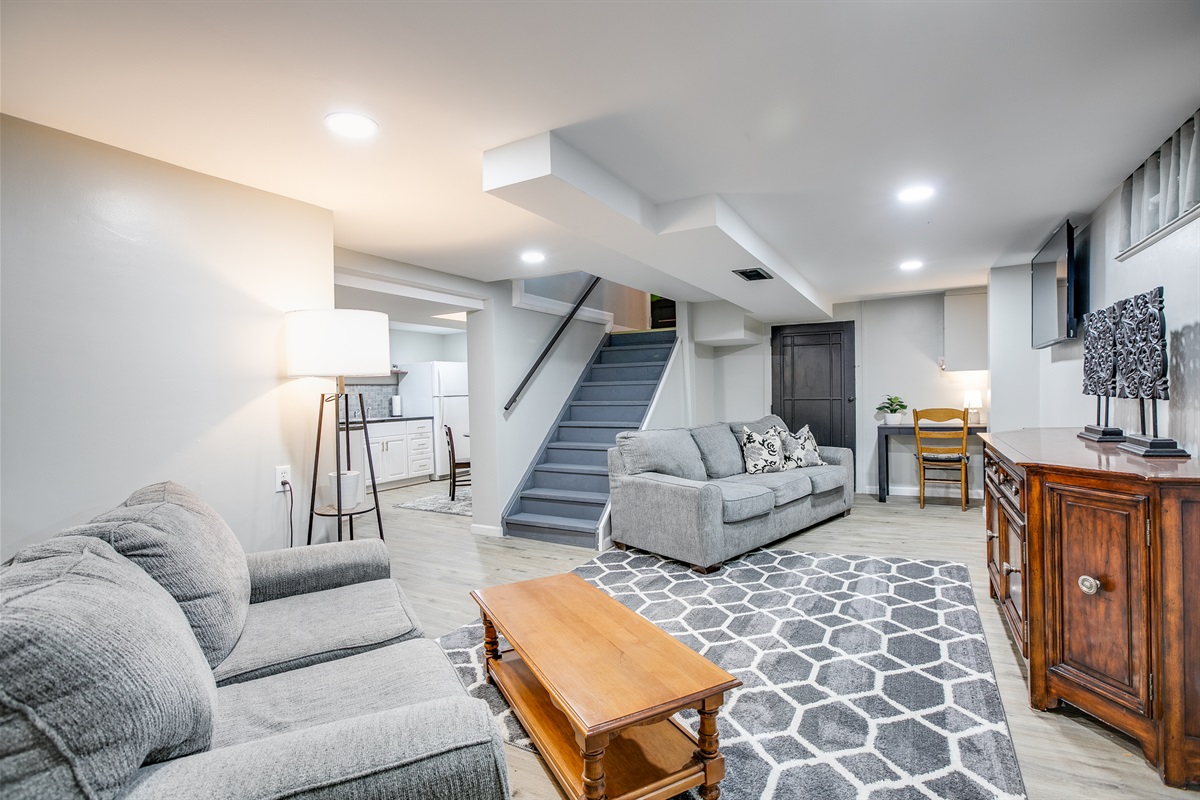
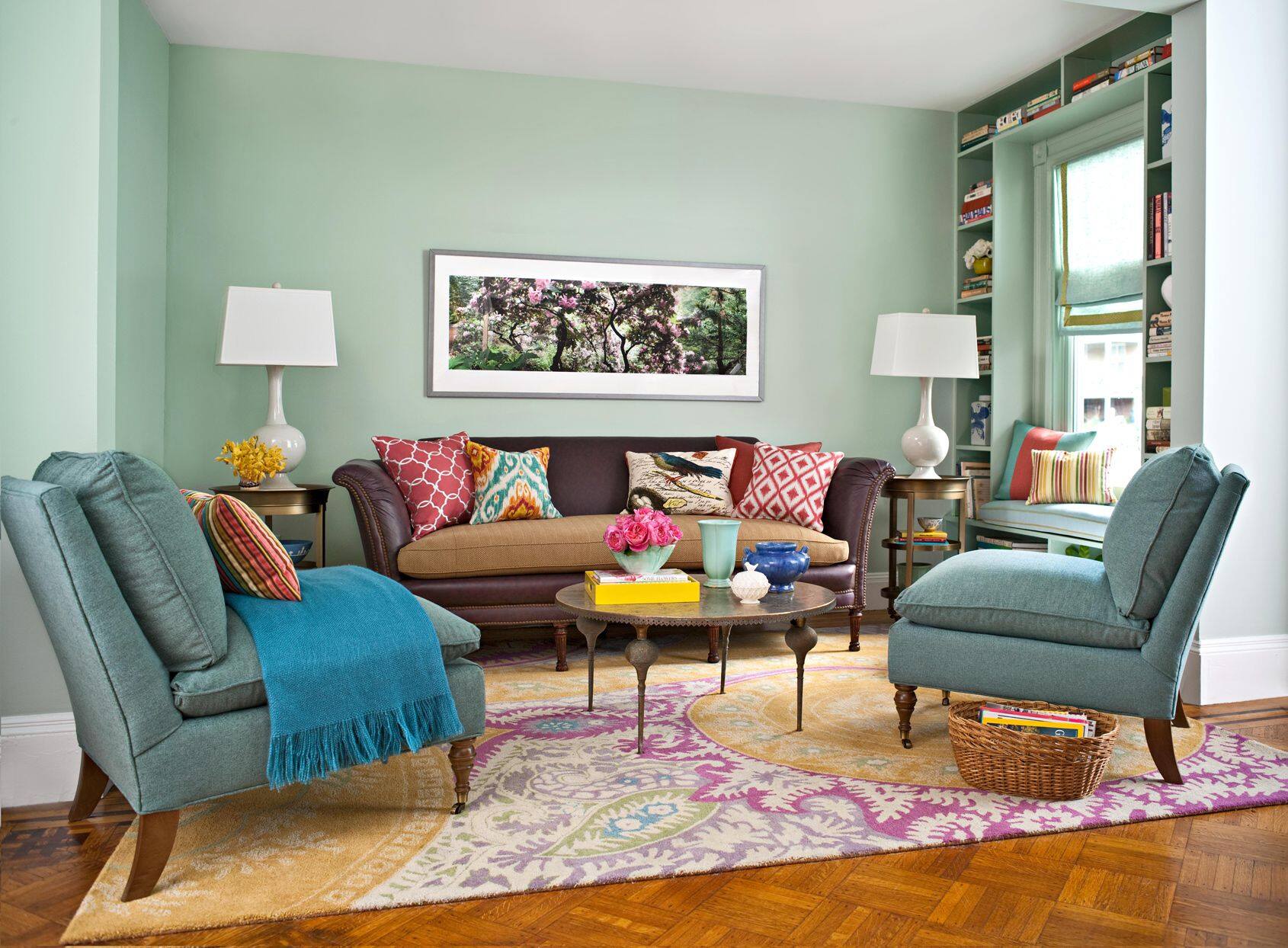
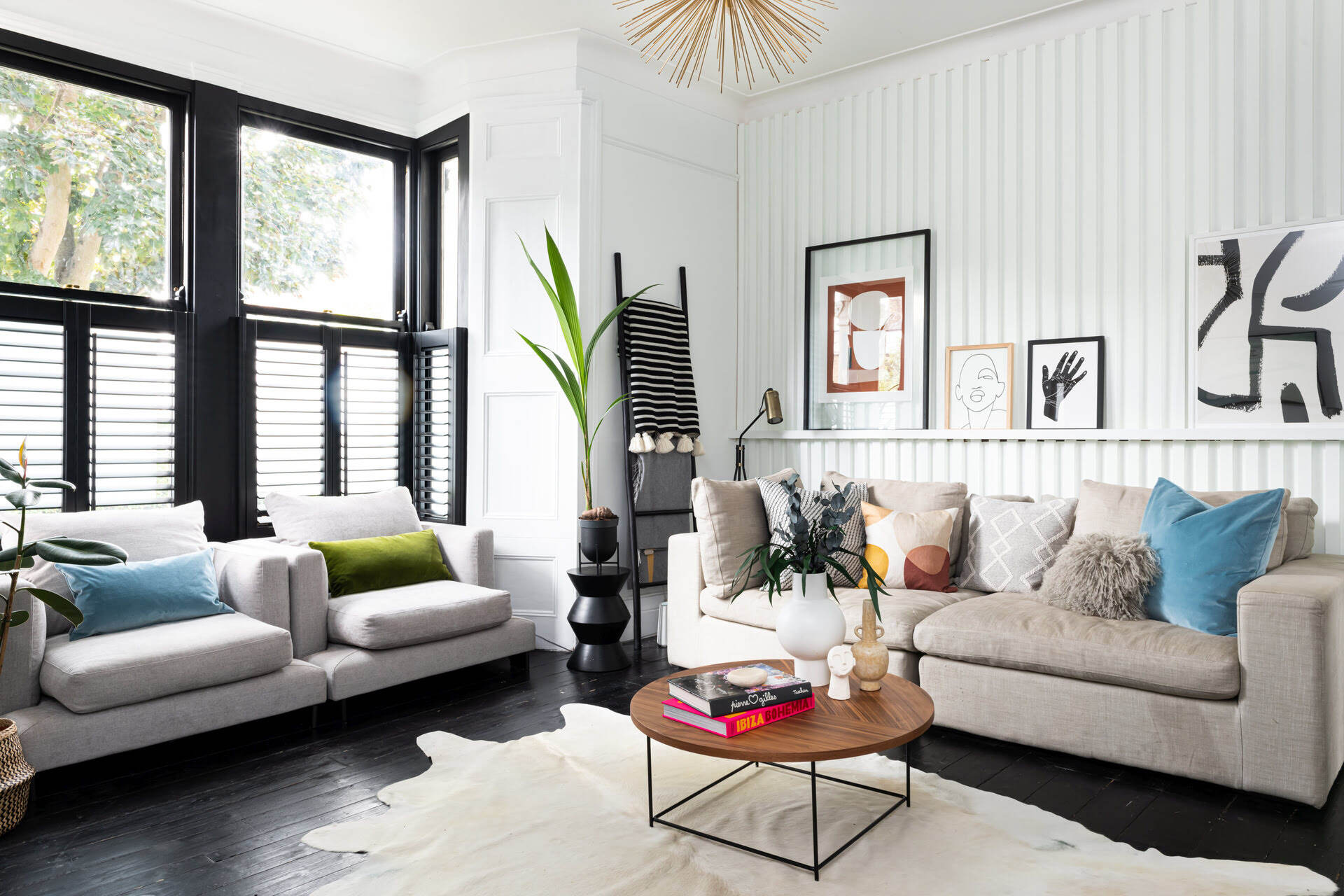
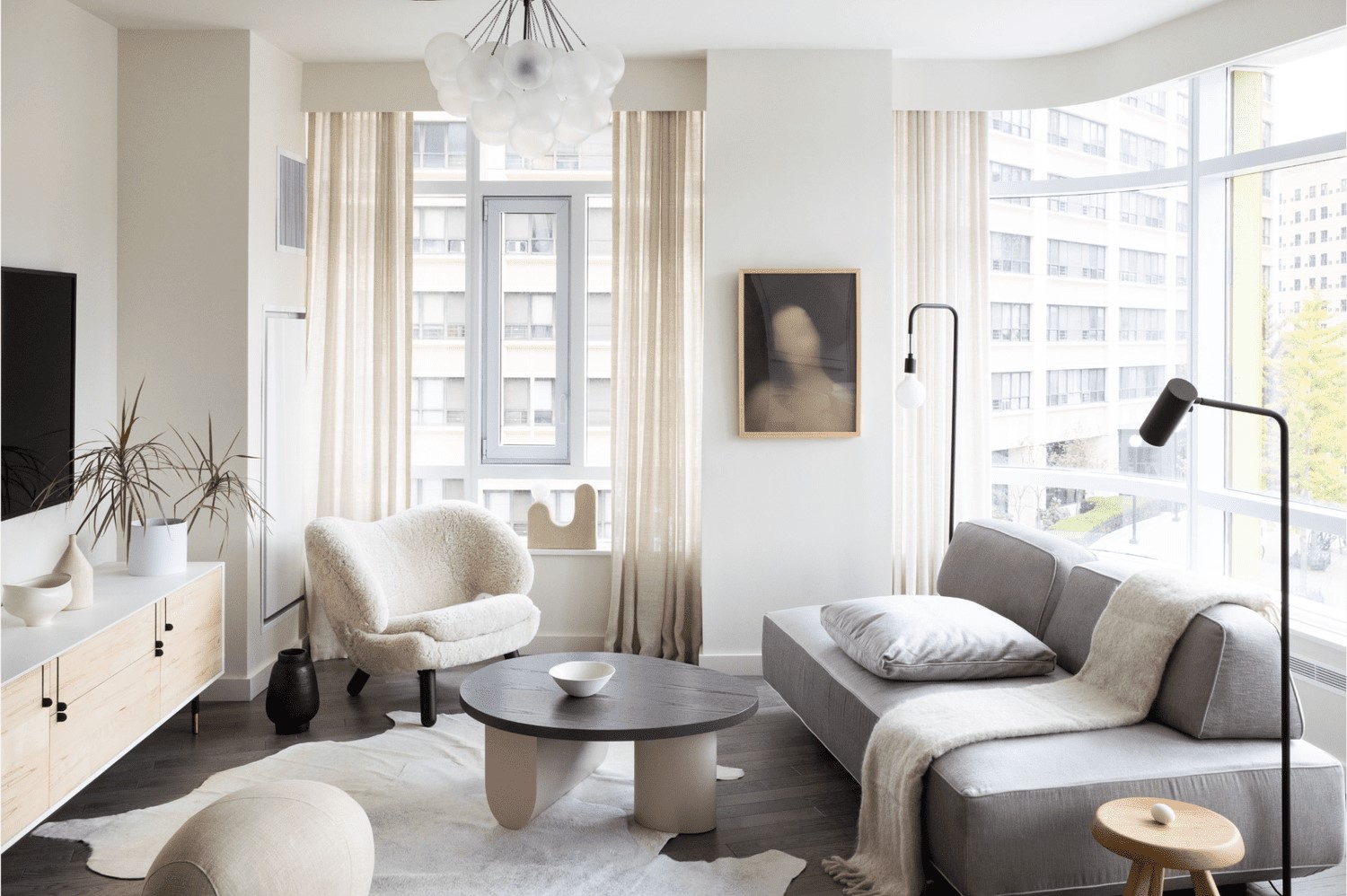
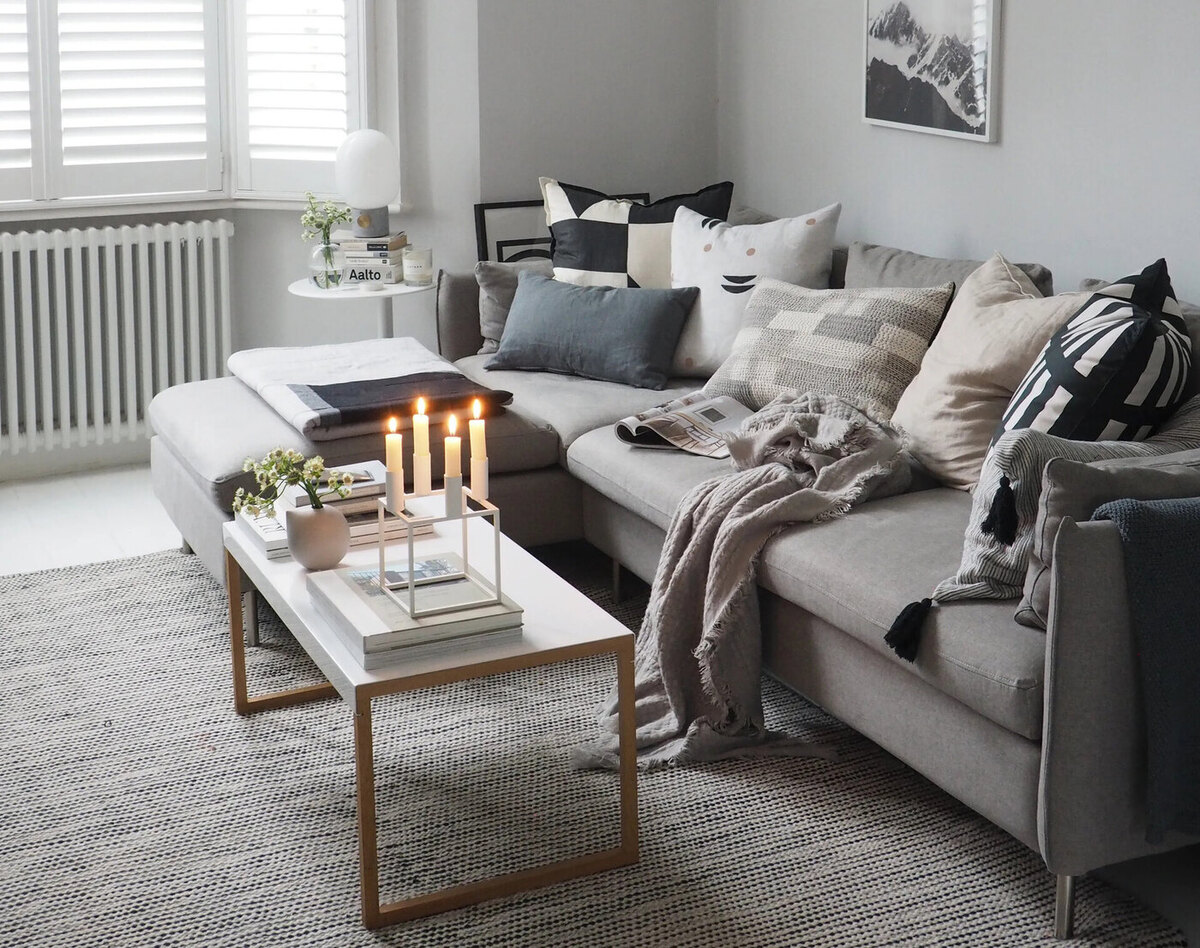
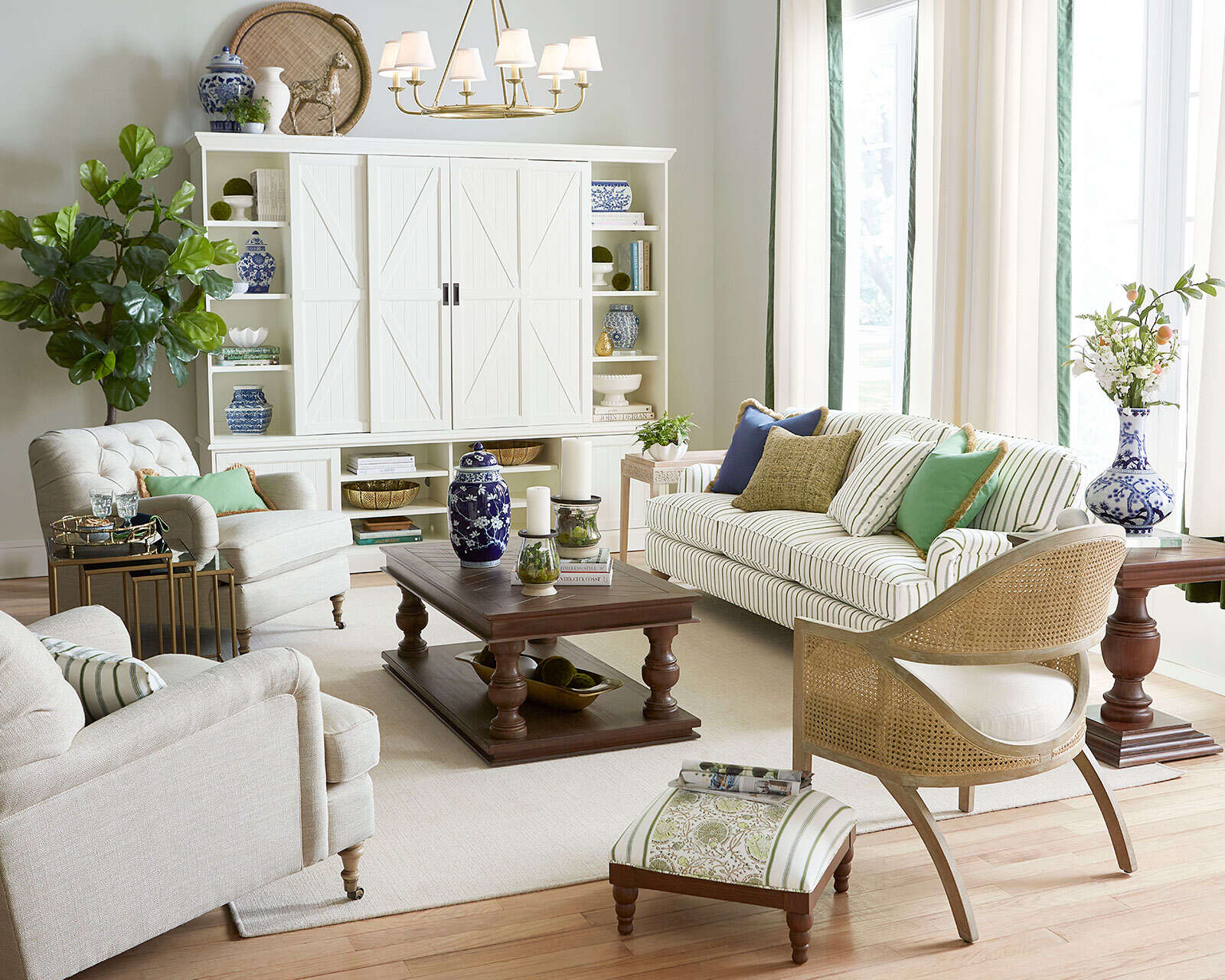
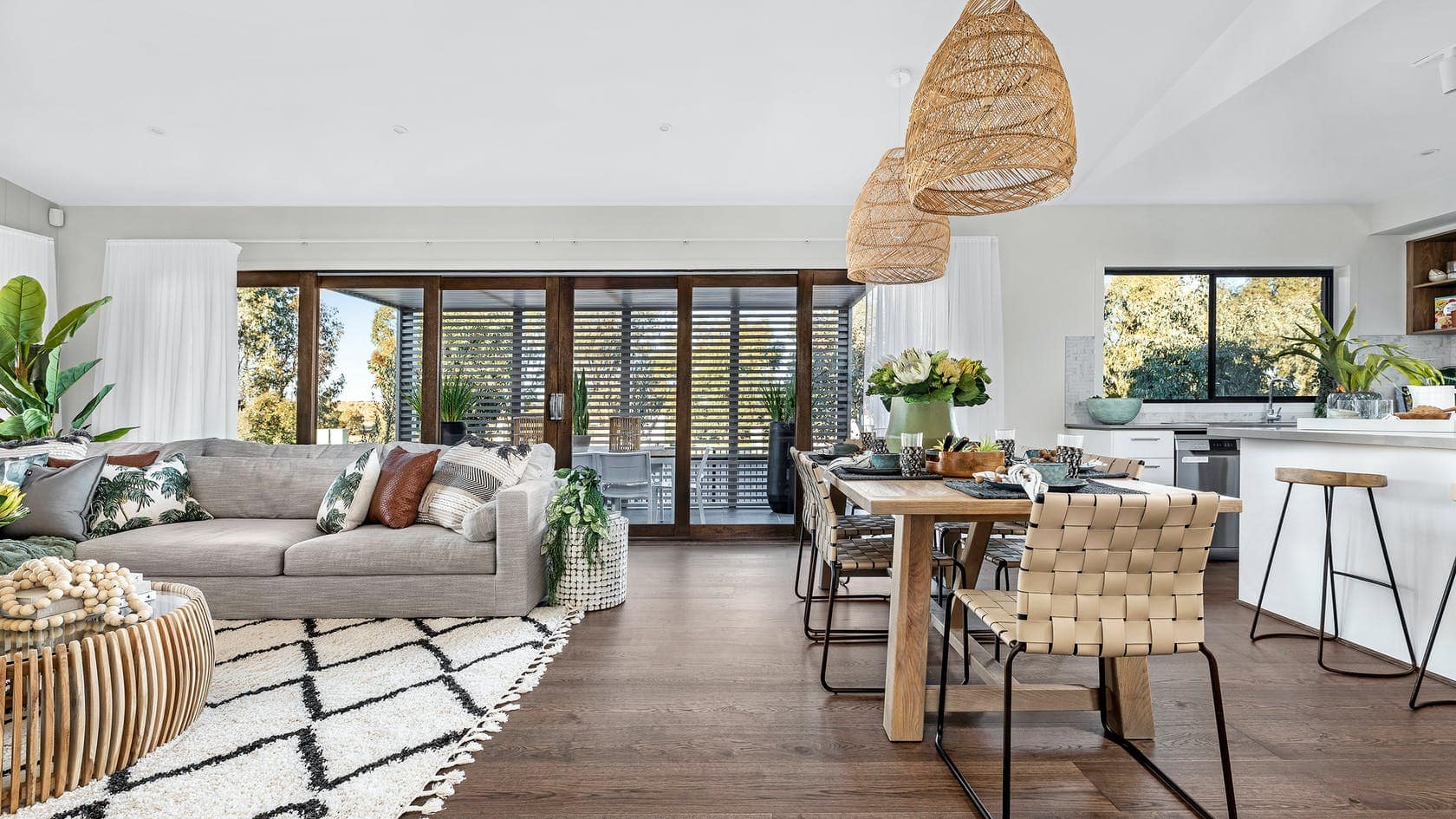
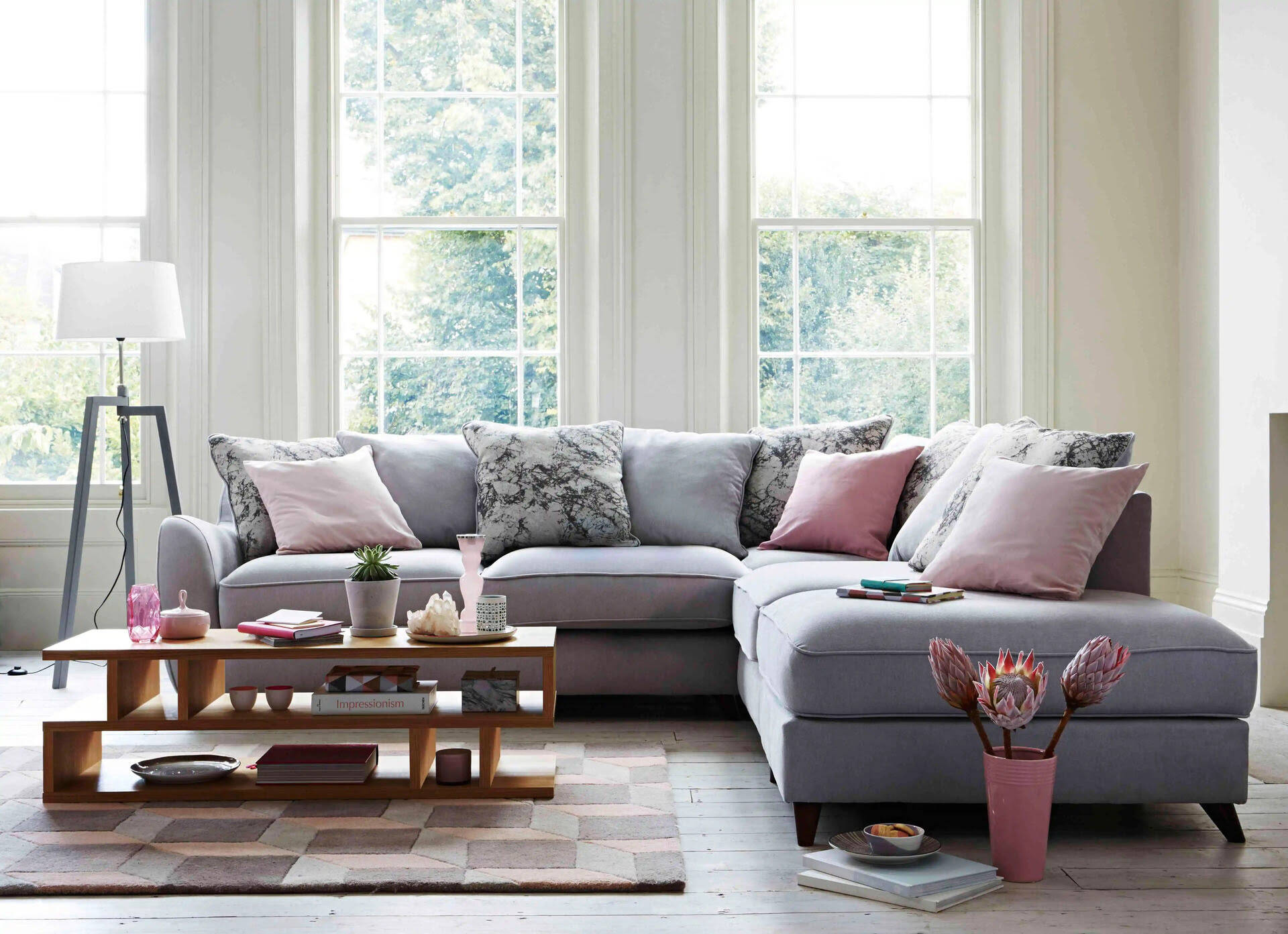
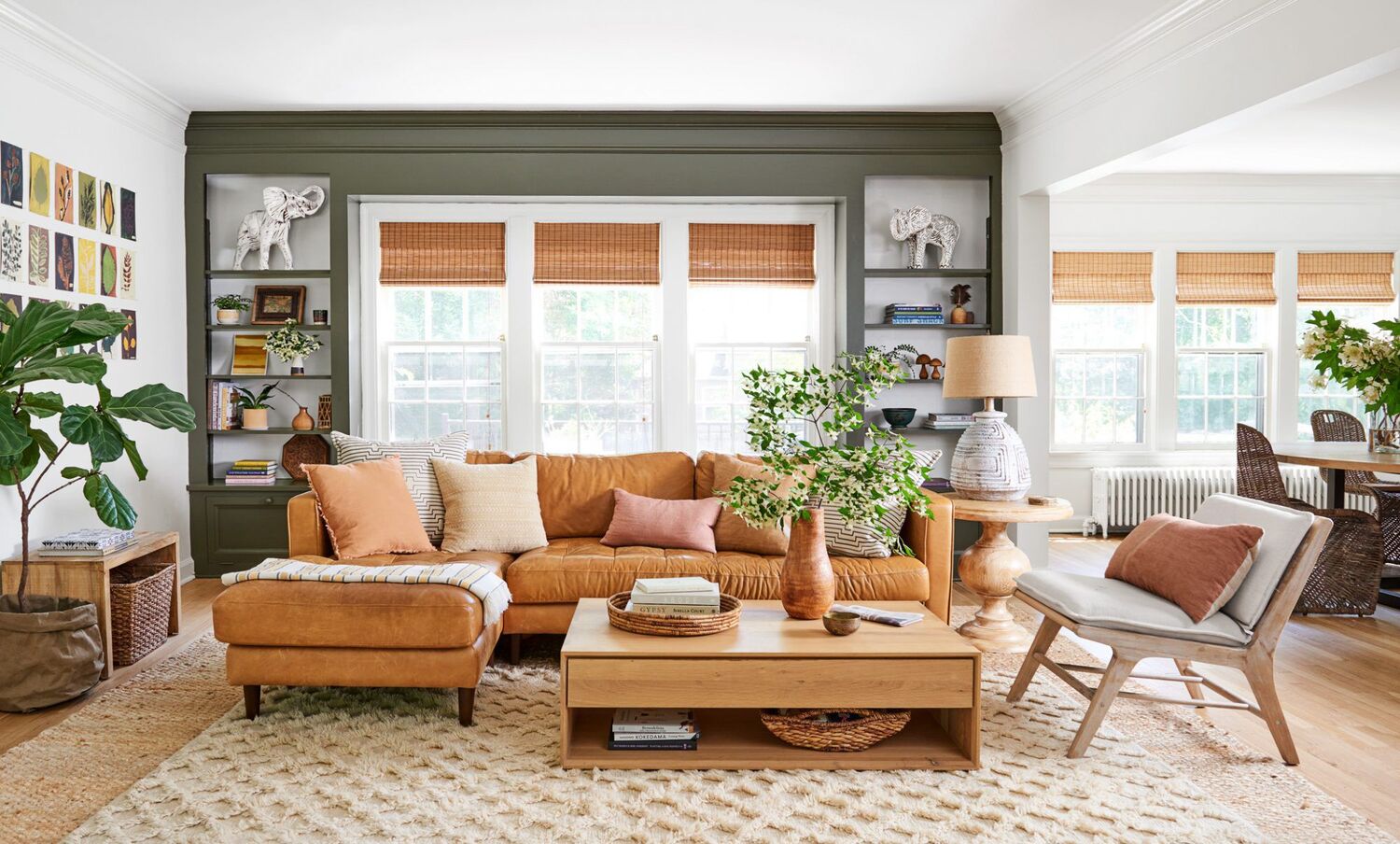
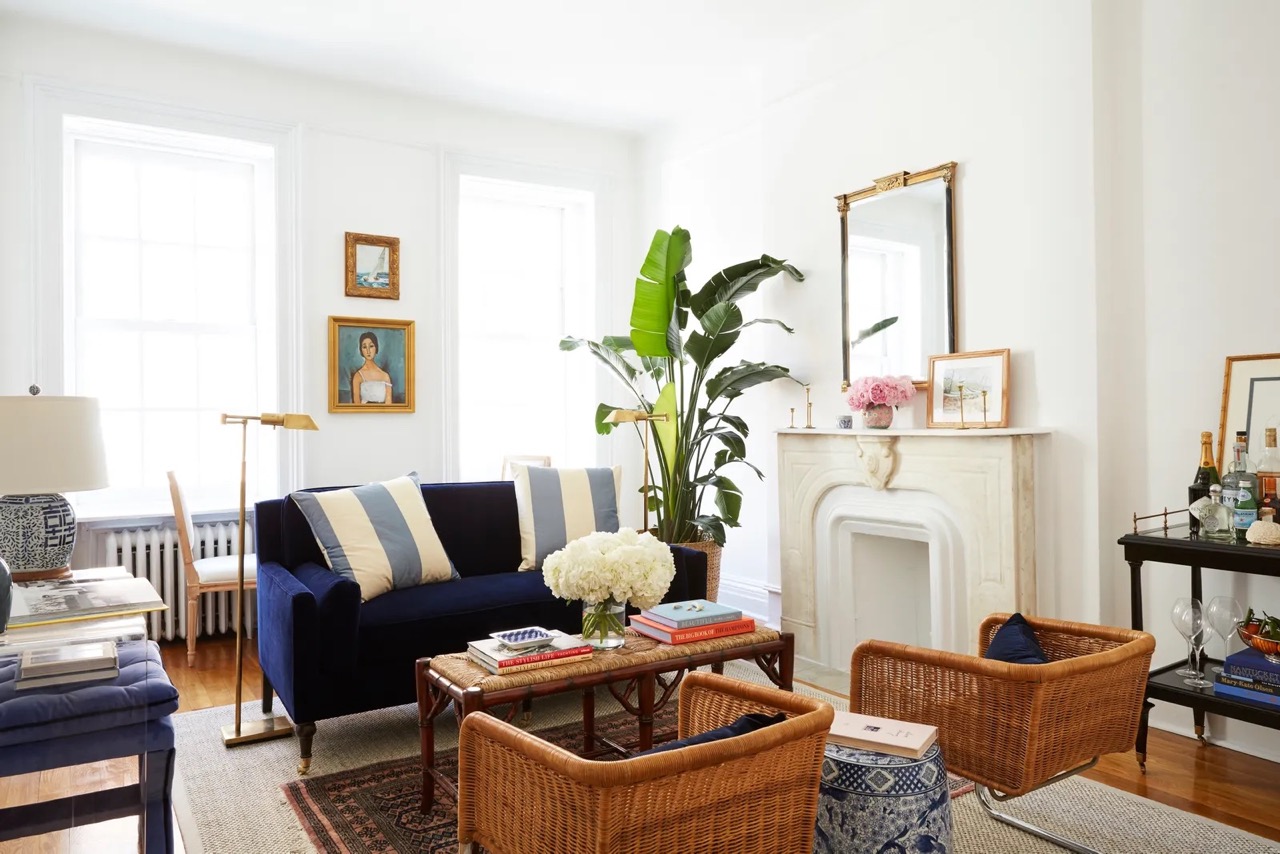
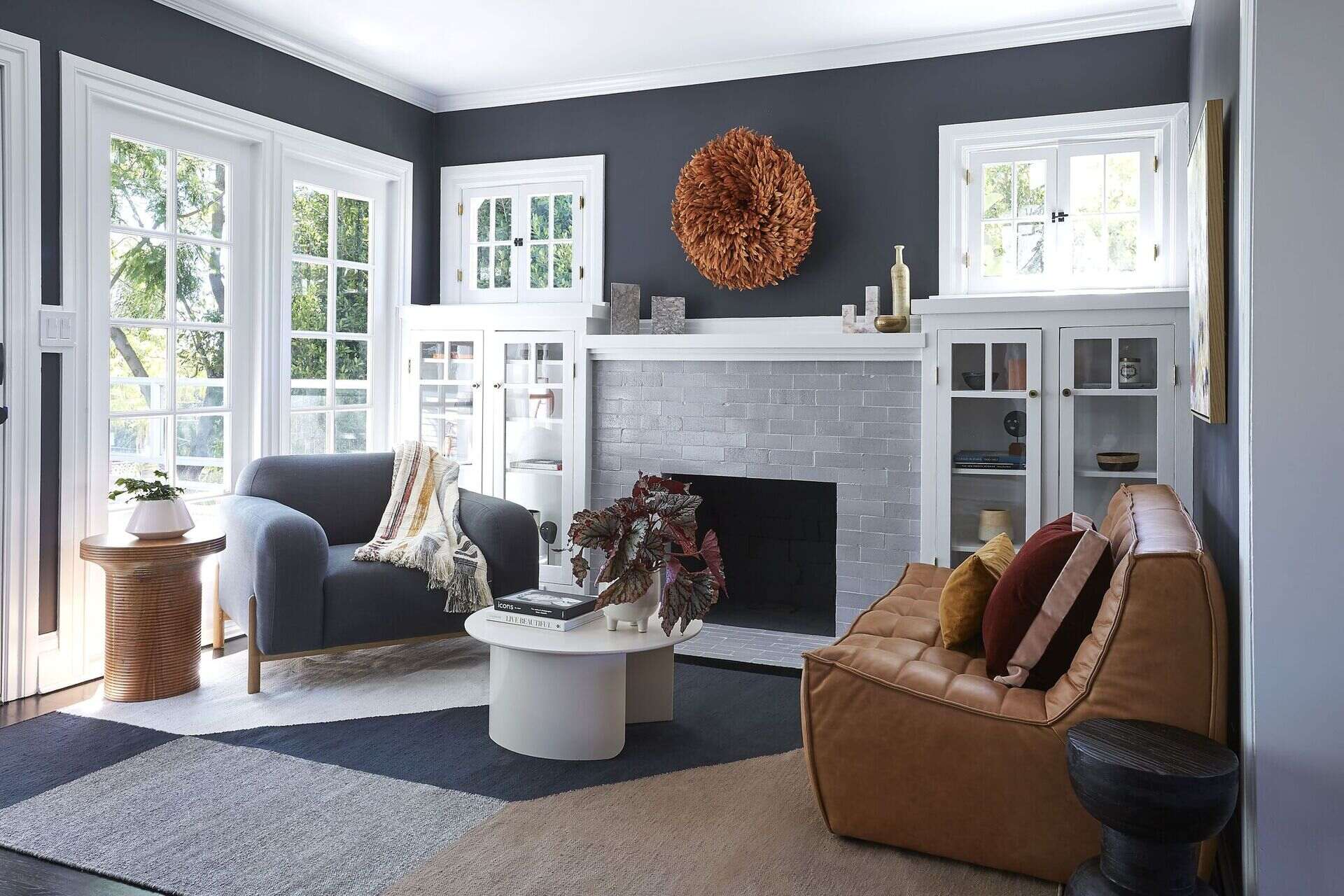
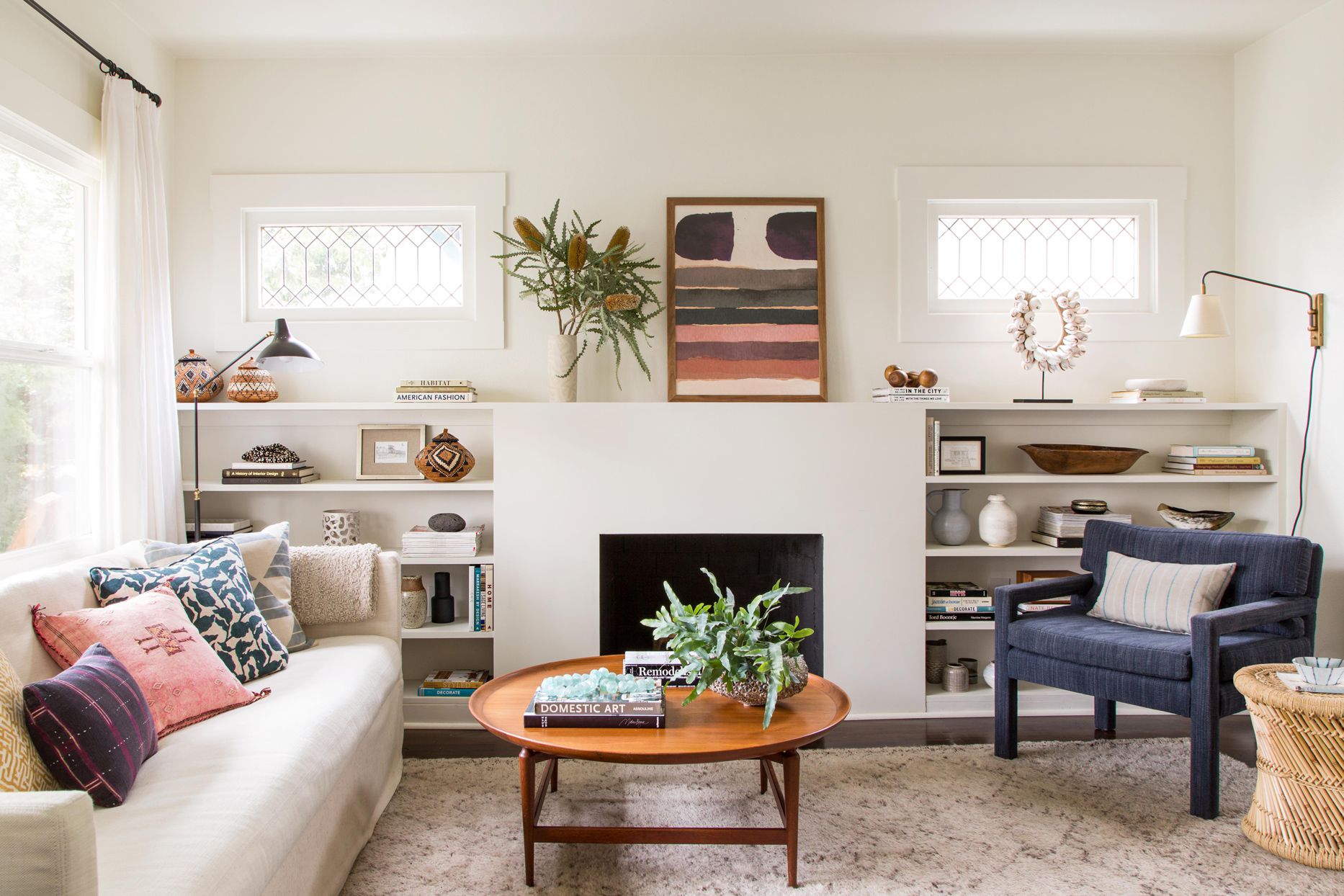
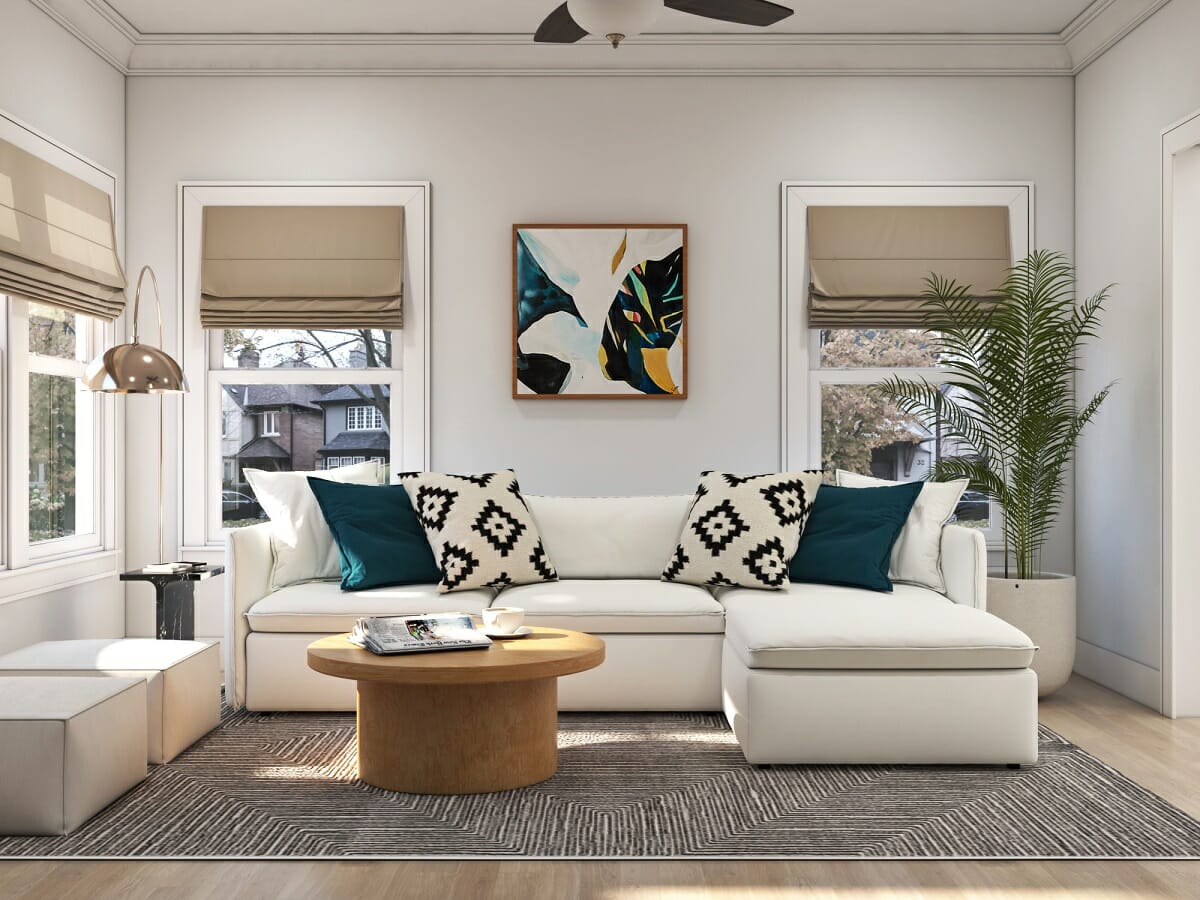
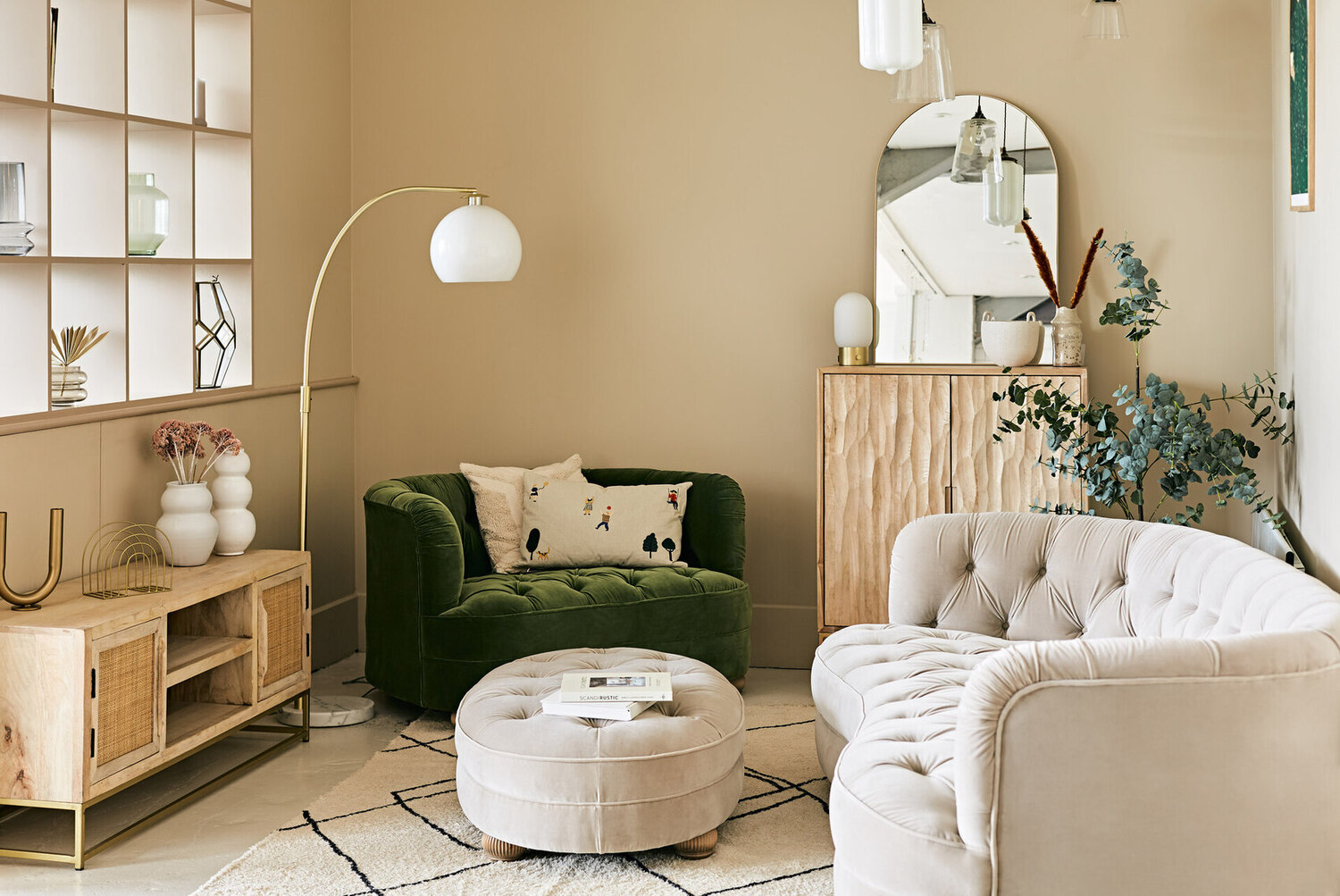

0 thoughts on “How Can You Add Extra Seats To A Small Living Room?”